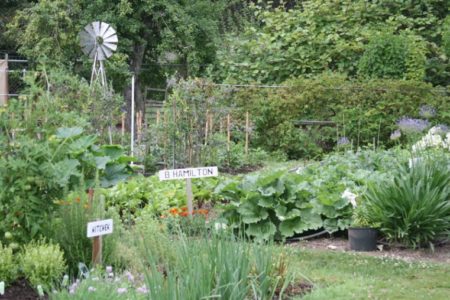Farm to Table Truth #4
Nutrition has always been a main concern in any community. Yet there is so much more to nutrition than vitamins and minerals. Kind Dining® training feeds the overall person, addressing the taste that goes into a resident, as well as what they see, hear, and feel. This includes foods that are culturally relevant, presented in the most engaging environment, and served by socially pleasing wait-staff that truly care about those sitting at the table. How extra nice if the table itself is adorned with fresh flowers. Dining is far superior to just eating a meal and benefits both the resident and the organization by showing the way to do both.
I recently heard about an upscale restaurant charging nearly $60.00 for a main course of healthy kale. While some Boomers may have dined in such places, they will be gratified to see farm fresh kale on their community dining table at a cost that will make the company happy. A win-win situation is the best of all experiences. Residents will recognize freshness and quality while the company can enjoy the reputation of serving the best at a lower cost. This comes about by utilizing the Farm-to-Table movement now one of the USDA’s funding priorities, and still keeping under the kitchen budget. People today want to know where their food comes from and are content to be part of the success of where they live.
The new rules for participation in Centers for Medicare & Medicaid Services (CMS) are promoting attention to the individual by transforming the dining experience in every up-to-date community. These guidelines fall right into the demands of today’s residents as “Boomers” fill the communities. This generation is informed on the subject of healthy eating to continue their fitness, as Farm-to-Table programs continue to educate the population. Kind Dining training teaches how to serve and satisfy the individual while the organization benefits, too. The new regulations need not be feared when the community is prepared by educated trainings that brings out the best in everyone concerned.
Be Kind, Be Courteous, Be Service Smart®, by Bringing Warmth to the Table is my belief, learned personally from a long career in the food service industry. While Truth #4 is a result of those professional years, it is also the area federal guidelines are focusing on: accommodating individual choices, while demanding higher standards of service (See our 6 Truths video on our home page). While these new adjustments are being put into place, Kind Dining® training also teaches methods that keep the organization humming along in prosperity. Again, I mention that the best case scenario is when everyone wins.


